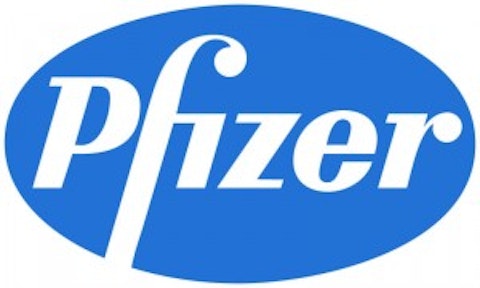Editor’s Note: A previous version of this post incorrectly stated that Eli Lilly’s experimental drug solanezumab is a BACE inhibitor. This has been corrected and the text that discusses this drug has been updated to incorporate this correction.
Alzheimer’s disease, the most common form of dementia, is one of the greatest medical mysteries of our day. 5.2 million Americans are diagnosed with this debilitating disease, which is the sixth leading cause of death in the country. Alzheimer’s disease usually occurs in patients over 65 years old, and is expected to affect one in every 85 people in the world by 2050 — a startling figure considering that scientists still don’t fully understand what causes the disease.
Those factors make the race to bring a real treatment for Alzheimer’s disease a top priority for the biotech industry. Let’s take a look at the past, present and future of these treatments to better understand the challenges that patients, scientists and biotech investors face.
Current treatments
The current market for Alzheimer’s treatments generates roughly $20 billion in revenue annually, according to Deutsche Bank. However, these treatments only treat the main symptoms of Alzheimer’s — memory loss, confusion, and cognitive problems — rather than the actual cause.

Aricept, developed by Eisai and Pfizer Inc. (NYSE:PFE), is the most popular of these treatments. Aricept is a cholinesterase inhibitor which prevents the breakdown of acetylcholine, a chemical messenger needed for learning and memory. By keeping acetylcholine levels elevated, Alzheimer’s symptoms can be held at bay for an average of six to twelve months in roughly half of the patients.
Aricept had peak sales of $2.4 billion in 2010, but have fallen dramatically over the past three years after its patent expiration. Today, generic Aricept is widely available from generics companies such as Actavis and Teva Pharmaceutical.
Namenda, which was first synthesized by Eli Lilly & Co. (NYSE:LLY) in 1968, is another common treatment for Alzheimer’s disease. Namenda attempts to protect the brain’s nerve cells against glutamate, a chemical messenger which is released in excess amounts by cells damaged by Alzheimer’s disease and other neurological disorders. If glutamate binds to a patient’s brain cells, it allows calcium to freely enter the cells, causing cell degeneration.
Namenda is currently manufactured by Forest Pharmaceuticals, a subsidiary of Forest Laboratories, Inc. (NYSE:FRX). Last quarter, sales of Namenda rose 7.9% year-on-year to $397.5 million, accounting for 48% of Forest Laboratories, Inc. (NYSE:FRX)’ top line. However, the patent for Namenda expires in 2015, which could send Forest over the edge of the cliff as generics enter the market.
The brain plaque problem
To treat the root cause of Alzheimer’s, scientists are currently working on the theory of brain plaques — extracellular deposits of beta amyloid in the gray matter of the brain. These brain plaques are believed to be neurotoxic and a major cause of the primary symptoms of dementia. The quest to clear away the plaque, however, has not been an easy one.
Pfizer Inc. (NYSE:PFE), along with Johnson & Johnson (NYSE:JNJ) and Elan Corporation (recently acquired by Perrigo Company), initially approached this problem with a plaque-clearing humanized monoclonal antibody known as bapineuzumab. Bapineuzumab attempts to use monoclonal antibodies to bind to beta amyloids directly to clear them individually. However, bapineuzumab was shown to be ineffective in patients with mild to moderate Alzheimer’s disease. Development of an intravenous formulation of the drug was halted last August, and a Phase II subcutaneous formulation of the drug was discontinued in July.
Eli Lilly & Co. (NYSE:LLY), has been working a a drug of its own called solanezumab. However, Lilly hit a major roadblock last year when solanezumab showed poor efficacy on advanced Alzheimer’s patients in Phase III trials. Rather than give up as its peers have done, Lilly went back to the drawing board by focusing the treatment on mild Alzheimer’s cases instead, on a larger group of 2,100 patients.





